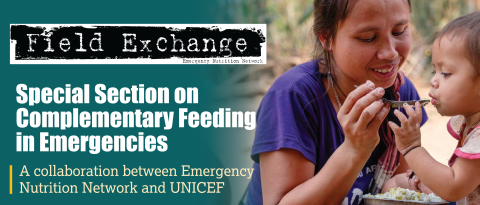Bioenergy and Nutrition nexus: An exploration of the links for win-win opportunities
This is a summary of the following paper: Global Bioenergy Partnership (2022) Literature review of the linkages between bioenergy and nutrition. http://www.globalbioenergy.org/programmeofwork/working-group-on-capacity-building-for-sustainable-bioenergy/linkages-between-bioenergy-and-nutrition/ru/
Nutrition security remains crucial to achieving the Sustainable Development Goals (SDGs), particularly SDG2: zero hunger. At least 12 of the 17 goals contain indicators that are highly relevant to nutrition. However, as pressure on global agricultural systems increases, due predominantly to a combination of rapidly growing populations and climate change, nutrition security and the ability to ensure healthy diets for the global population are threatened. Affordable, reliable, sustainable and modern energy access for all is recognised in Agenda 2030 under SDG7 but also interacts with the achievement of almost all other SDGs. Modern bioenergy, a form of renewable energy produced from organic matter, has the potential to aid in the achievement of the SDGs, particularly for climate targets and nutrition, when managed in an appropriate and sustainable manner.
The Global Bioenergy Partnership (GBEP) and the Food and Agriculture Organization have been collaborating to develop a literature review aimed at collecting and analysing the available evidence most relevant to the relationship between bioenergy and nutrition. The literature review identifies the various positive interlinkages between good practices in bioenergy production and nutrition that have been explored in existing research, especially the implications for food security and better nutrition, and the impacts on agricultural land and soil quality that could influence the nutrient content of food.
The articles analysed for the literature review consisted of peer-reviewed papers, technical papers and documents prepared by non-profit organisations and governments from the period 2006 to 2021. In total, 42 articles were identified through internet searches, specifically Google Scholar, while the remaining articles were provided by the Partners and Observers of the GBEP after a request for specific examples at national and local level.
Key findings
The strongest links identified between bioenergy and nutrition include improved soil quality through various stages of the bioenergy value chain, enhanced rural livelihoods and income diversification from biomass production for bioenergy, the use of modern bioenergy to encourage better cooking practices and to reduce indoor air pollution and the use of bioenergy in cold chains.
The production and use of bioenergy as part of integrated, sustainable production systems offers the potential to aid in the maintenance and enhancement of nutrition security. Bioenergy production and its byproducts offer the opportunity to facilitate nutrition security by improving soil quality through mechanisms such as phytoremediation, multiple cropping systems and the use of biochar and digestate as soil amendments. Biomass production for bioenergy additionally presents an opportunity to diversify income, particularly that of rural and smallholder farmers, which in turn can have positive impacts on food security. These findings, which highlight the multiple linkages between bioenergy, improved soil quality and nutrition, provide great opportunities for future research and multi-sector collaboration to address food security and improved nutrition.


